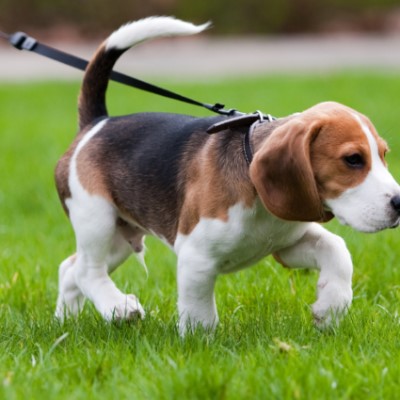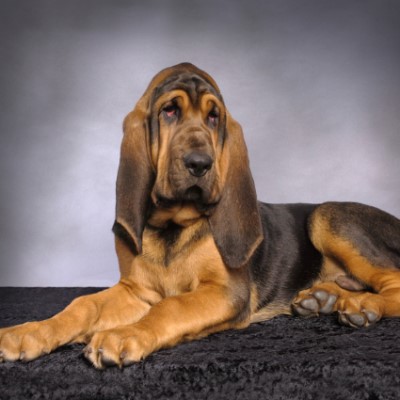Common Reasons for Surrender
Italian Greyhounds often find themselves surrendered to rescues and animal shelters because they are notoriously difficult to house-train. It may take time for an Italian Greyhound to really grasp the concept of relieving himself outside or in a designated space indoors—such as a litter box or a potty pad. The process can often prove long and frustrating if you’re not aware of how to house-train your Italian Greyhound or if you’re not prepared to do the work to ensure successful house-training. Successful house-training, which can be accomplished through positive reinforcement training, doesn’t mean perfection; it means 80 to 90 percent reliability.
Pros
Italian Greyhounds are small dogs who love to be with their family, making them an ideal travel companion and the perfect companion for those who live in smaller homes. With a mellow temperament, Iggys are generally a gentle breed that do well socializing with both small and large dogs.
Cons
Avid hiker? Love to run? Then, you’ll probably want to opt for another breed. Known as sight hounds, Iggys cannot be let off leash when going for a walk or hiking or you will have a tough time getting them back. In fact, Italian Greyhounds should never be let off of their leash in an unfenced area.
Of course, the difficulty of house-training an Iggy is one of the major downsides of adopting an Italian Greyhound unless you are patient and are prepared to put in the time and energy it takes to succeed with house-training.
Diet
Italian Greyhounds need a good quality dog food to help them stay healthy. Read the ingredients to determine the best wet or dry food. Avoid food that includes corn or by-products of any kind. Instead, opt for a food with a main ingredient such as meat, chicken, or turkey. Keep treats healthy—such as vegetables—and in moderation.
Exercise
A well-exercised Iggy is a happy Iggy. Italian Greyhounds love to go for walks but the happiest Iggy is one who has a fenced-in space in which to run around and let loose. Younger Iggys need more exercise. If your Iggy is under two years old, expect him to need an hour or two of exercise each day. Older Iggys, usually over age two, are typically happy to conform to their family’s schedule and will happily spend the day curled up on the couch with you.
Possible Health Problems
Iggys are prone to leg breaks. Once your dog has broken his leg, he is more susceptible to breaking it again, which can be both painful and costly. In addition to leg breaks, Iggys may suffer from epilepsy, which generally first shows itself between the ages of two and four. Some cases are mild enough that your dog will not require any medication while more severe cases do require dogs to take medication for their whole lives.
Grooming
Because they have such fine fur, Italian Greyhounds generally do not need to go to the groomer. A good brushing, using a brush with fat rubber bristles, can be done from time-to-time but generally isn’t a necessity.
Your Iggy needs his toenails clipped and his teeth brushed regularly. Regardless of your Iggy’s age when you bring him home, get into the habit of brushing his teeth regularly. Iggys have small heads with a lot of teeth, and their teeth tend to get dirty very quickly. When you brush your dog’s teeth regularly, you will save money in the long run. Teeth that are well cared for will help prolong your Iggy’s health and life.
Training
Be prepared for a challenge when bringing an Italian Greyhound into your family. Their bones are fragile the first 12 months, so be careful not to allow your puppy to jump from high beds or couches. Housetraining an Italian Greyhound requires patience, an understanding that accidents happen, and a willingness to provide your Iggy with both an indoor and an outdoor space to relieve himself.
In addition to it often taking an Italian Greyhound longer to grasp the concept of eliminating himself in a particular area, whether indoors or outdoors, Iggys have a very fine coat and a hound body with no extra fat, which makes them particularly susceptible to extreme weather. Going outdoors when it’s very cold can be painful for an Italian Greyhound. If possible, offer an indoor option for your dog to relieve himself. Some Iggys prefer to use a litter box while others do fine on a puppy pad, which can often be purchased at a pet store.
For the best chances of success in training an Iggy, use plenty of positive reinforcement and be patient.
Entertainment
The Italian Greyhound loves to run and can gain speed up to 25 miles per hour! This regal looking breed hates the cold. They love to sunbathe and will want to snuggle in your lap on cold winter evenings.
Additional Resources: Watch this You Tube video for a peek at the Italian Greyhound in action.
We want to thank Italian Greyhound Rescue of PA for help with this profile.




